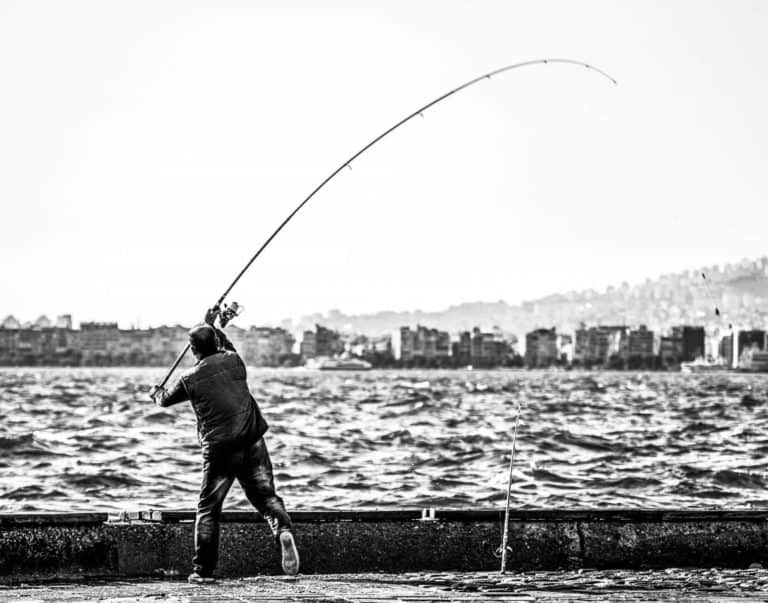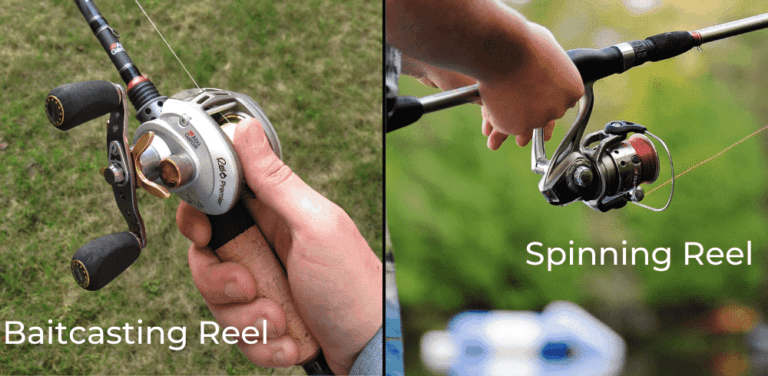Choosing Your Sun Protection Clothing (UPF)
We love to be outdoors year-round, when it rains, snows or shines. However, there is something extra special about being able to bask in the warm glow of the sun.
Whether you are kayaking, fishing, or hiking the sun can make the experience more rewarding and enjoyable. However, sunlight does include rays of ultraviolet light (UV) which is a form of radiation that can lead to sunburn, premature aging, and skin cancer.
Having sun protection clothing that has been designed specifically for sun protection and has been tested for its ability to block UV rays (Ultraviolet Protection Factor – UPF) will allow you to control how much exposure your skin is getting to the sun.
In today’s article we are going to go over the following points related to sun protection clothing:
- What is UPF and how is it rated?
- UPF clothing features to look out for
- Things that reduce and enhance your sun protection
- Who can benefit from wearing UPF clothing
What is UPF? And how is it rated?
UPF is the rating system used for clothing and apparel. It’s very similar to SPF (Sun Protection Factor), the rating system you will see on all of your sun screen products.
SPF only rates a
Choosing an item of clothing with a high UPF is fairly simple, just look at the tag or label. Look for the item with the highest UPF rating for better sun protection.
| UPF Rating | Protection Category | Effective UV transmission (%) |
|---|---|---|
| 15-20 | Good | 6.7-4.2 |
| 25-35 | Very Good | 4.1-2.6 |
| 40-50+ | Excellent | Less than 2.6 |
To give you some context of what the above numbers mean, a UPF rating of 25 will only let 4% of the UV radiation in sunlight pass through it.
A garment with a UPF of 50 will only let through 2% of available UV radiation. Fabrics that are rated below a 15 UPF, aren’t classed as UPF and are not UV protective. Therefore you won’t see any ratings below 15.
Factors that enhance UPF features:
There are a few factors that can alter the UPF rating on an item of sun protection clothing, so depending on where you are intending on using the clothing, these might affect you.
- Wetness: Wetness can cause a significant reduction in a fabric’s UPF rating. However, some studies, suggest that polyester may actually protect slightly better when wet. Take this point into account if you are looking to purchase a new wetsuit or rash guard and are particularly worried about UV.
- Wear: Choosing a durable material for your outdoor gear is essential – as a fabric becomes worn or faded, it also becomes less effective at blocking UV light.
- Fabric stretch: Stretching fabric causes the fibers to become less compact and they, therefore, are less effective at blocking UV light. If you are on the fence about replacing some tight outdoor clothing, it might be a good idea.
Sun Protection Clothing – UPF Features To Be Aware Of

Loose Fit
Wearing clothing with a looser fit will enhance its UPF protection. This is because tight garments have reduced coverage between the fibers due to the fabric being stretched and thus are less effective at blocking UV light.
Extended Coverage
Certain items of clothing may have extended coverage features that you weren’t initially aware of. Some shirts might have flip up collars which are great if the sun is beating down on you. Jackets and base layers might have cuffs which help cover the back of the hands. Consider wearing a broad brim hat to help protect your neck and face. What seem like a really small addition to your outfit or small coverage, can make a big difference when you are exposed to the sun over a number of years.
Cool Clothing
Tighter woven fabric is better sun protection clothing, however it can be much warmer whilst being worn for any outdoor activity. This often leads to you trying to balance between remaining cool and remaining protected from the sun. Look for clothing with cooling features such as mesh vents or mesh pockets. Whilst vents won’t enhance the items UPF rating, they are often placed under your arm pits or in pockets, where the sunlight won’t be directly striking anyway.
Quick Drying Fabric
We have already touched on that wetness can cause a significant reduction in the UPF rating of a fabric. Having an item of clothing which has the ability to dry fast will restore its UPF rating much faster and get you protected quicker.
Aside from sun protection clothing – how else can I remain protected?
Whilst UPF clothing is going to significantly help you stay protected from the sun, it won’t be able to protect you 100%. You have to look at UPF clothing as just part of the puzzle. Here are some other ways to help you stay protected from the sun:
- Apply sunscreen with a high SPF rating
- Wear sunglasses that offer UV-ray protection
- Stick to the shade where possible
- Don’t stay out in the daylight all day, remain conscious of how much time you are in the sun
- Remember that even on a cloudy day, you are still exposed to UV rays, so remain protected, even when the sun is not shining.






